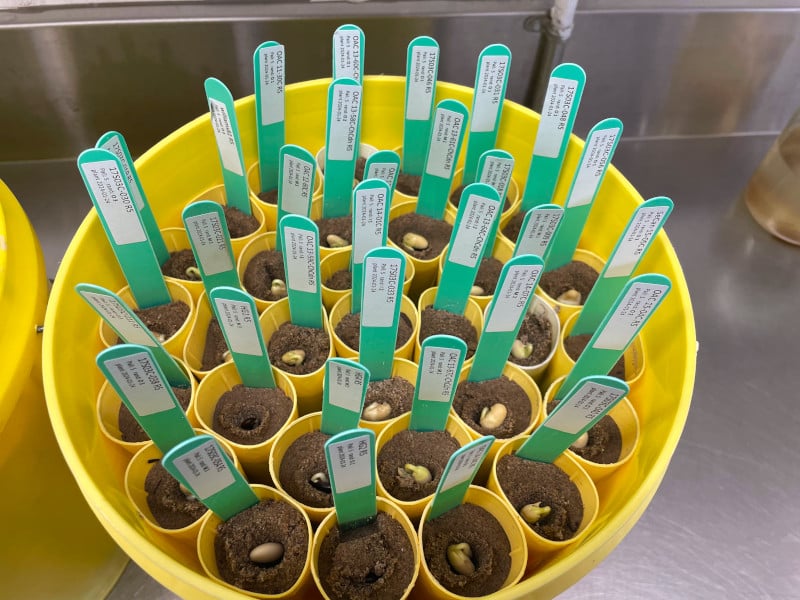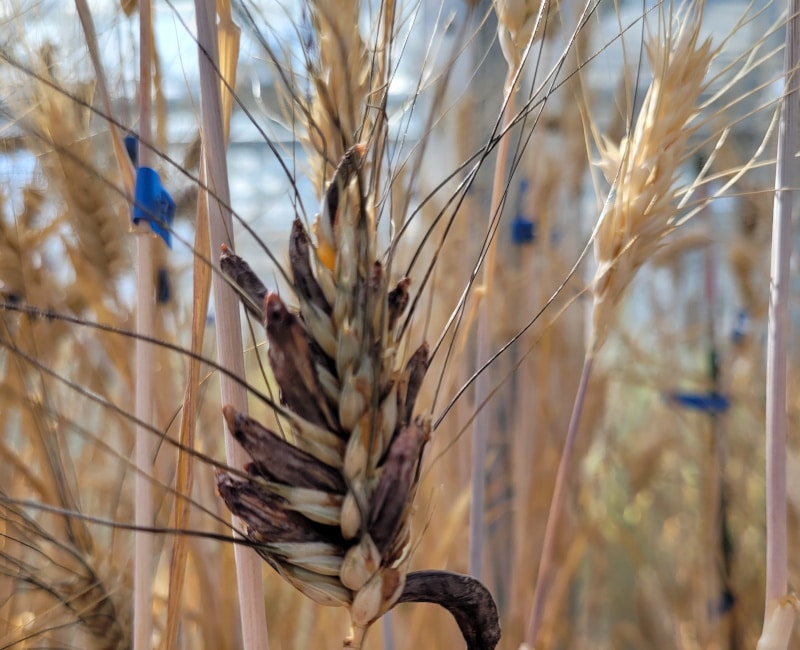
Editor’s Note: This article is part of a series on major contributions to plant breeding and science in Canada’s public sector including innovations in: Canola, Barley, Oat, and Triticale, Wheat, Sunflower, Pulses, Oilseeds, Horticultural Crops, and comments from our editorial board.
Battling Soybean Cyst Nematode
University of Guelph
The university has solidified its position as a leader in agricultural research, notably through its esteemed soybean breeding program under the guidance of Istvan Rajcan.
A primary objective of master’s student Scott Moore is to identify novel soybean cyst nematode (SCN) resistance genes sourced from elite Chinese soybean varieties. Given the proliferation of SCN populations capable of overcoming the commonly utilized PI 88788 resistance source, urgent efforts are underway to discover new resistance genes to mitigate yield losses.
To do it, they extract vital genes from high-performing Chinese soybean germplasm for integration into tailored varieties suited to Canada’s agricultural conditions. Utilizing a Genome-Wide Association Study (GWAS) across a diverse range of Canadian, Chinese, and hybrid varieties, the team aims to pinpoint specific single nucleotide polymorphisms (SNPs) linked to SCN resistance, potentially uncovering previously unknown pathogen defense mechanisms.

Editor’s Note: This article is part of a series on major contributions to plant breeding and science in Canada’s public sector including innovations in: Canola, Barley, Oat, and Triticale, Wheat, Sunflower, Pulses, Oilseeds, Horticultural Crops, and comments from our editorial board. Use the buttons below to explore these exciting new innovations or read from the start.













